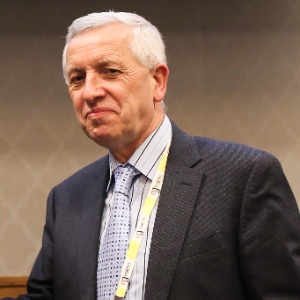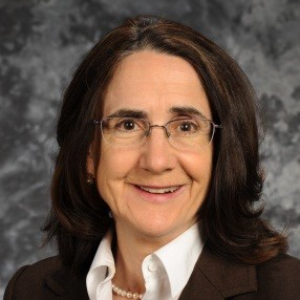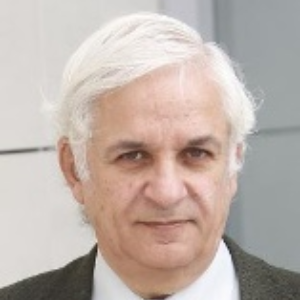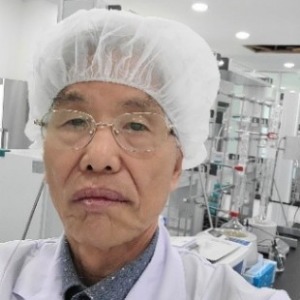When more than one diastereomer is formed in an organic process than any other, this is known as diastereoselectivity. Cis/trans descriptors lose their validity when the only bond connecting the two centres is free to spin. Depending on the particular metal, the following changes in the diastereoselectivity of the enantioselective addition of various allylic organometallic reagents to carbonyl compounds, catalysed by either chiral Lewis acids or bases, or chelating ligands:
Independent of the initial allylic geometry,
(a) Si, Sn, and B allylic reagents mostly produce syn diastereoselectivity;
(b) Regardless of the initial allylic geometry, allylic reagents including Cr, Zn, and In produce mostly anti diastereoselectivity;
(c) The E/Z ratio of the beginning allylic geometry is reflected in the syn/anti diastereoselectivity of allylic trichlorosilanes (SiCl3).

Stanislaw Dzwigaj
Sorbonne University, France
Anne M Gaffney
University of South Carolina, United States
Victor Cerda
University of the Balearic Island, Spain
Marta I Litter
Sapienza University of Rome, Italy
Dae Dong Sung
Korea University Sejong Campus, Korea, Republic of
Enrico Paris
CREA-IT & DIAEE, Italy
Collin G Joseph
University Malaysia Sabah, Malaysia



Title : A desirable framework for establishing a resource circulation society
Dai Yeun Jeong, Jeju National University, Korea, Republic of
Title : Design of efficient and stable structured catalysts for biofuels transformation into syngas by using advanced technologies of nanocomposite active components synthesis, supporting on heat conducting substrates and sintering
Vladislav Sadykov, Novosibirsk State University, Russian Federation
Title : Application of vanadium, tantalum and chromium single-site zeolites in heterogeneous catalysis
Stanislaw Dzwigaj, Sorbonne University, France
Title : Personalized and precision medicine (ppm) as a unique healthcare model through bi-odesign-inspired bio- and chemical engineering applications to secure the human healthcare and biosafety: Engineering of biocatalysts - from evolution to creation
Sergey Suchkov, N.D. Zelinskii Institute for Organic Chemistry of the Russian Academy of Sciences, Russian Federation
Title : Catalytic potential of biochar derived from heavy-metal-contaminated biomass
Enrico Paris, CREA-IT & DIAEE, Italy
Title : Effective B2O3 modified Ni/Al2O3 co precipitated catalysts for waste cooking oil transformation into green diesel
Eleana Kordouli, University of Patras, Greece